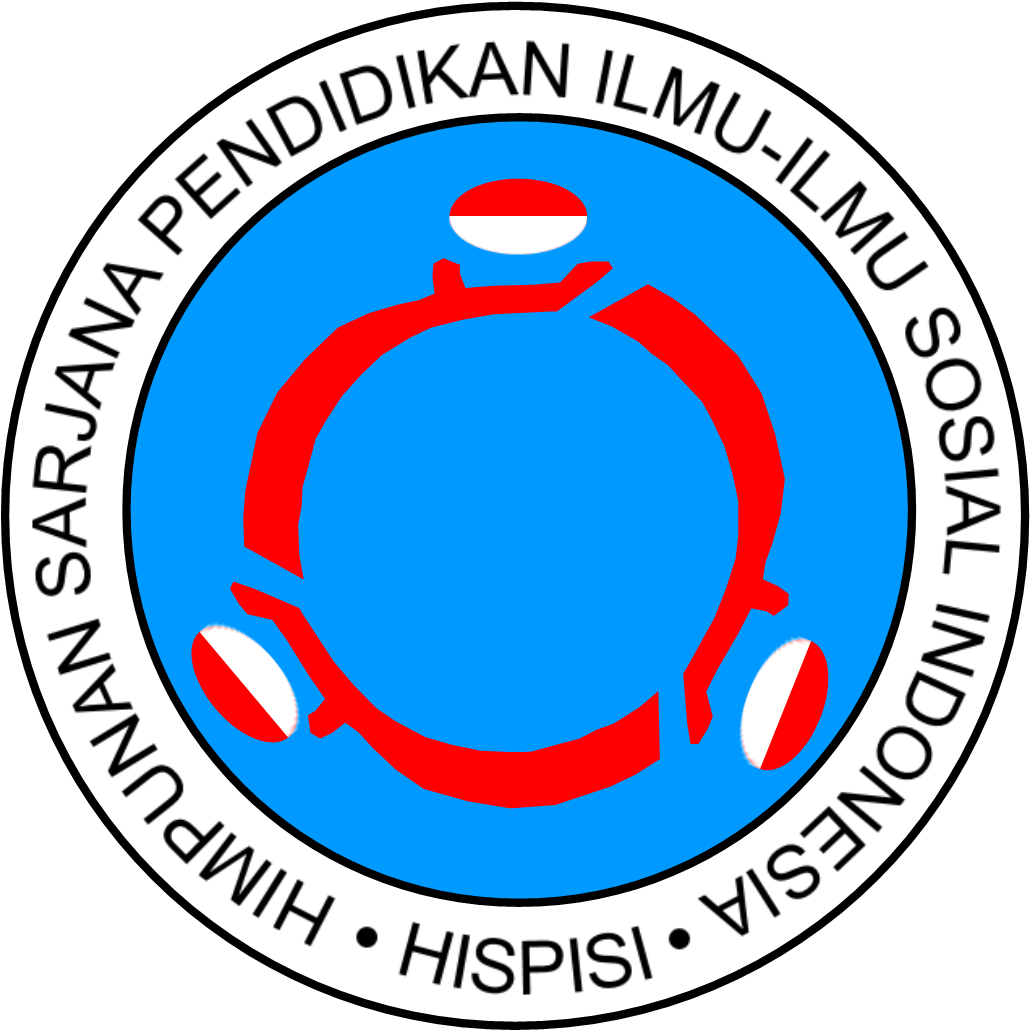THE RELATIONSHIP BETWEEN VIOLENCE SHOWS ON TELEVISION AND BULLYING BEHAVIORS AMONG STUDENTS
Abstract
This research is motivated by the increasing frequency and variety of violence on television. The show was consumed by many people, including junior high school students. The problem that arises is that many junior high school students are watching. The purpose of this study is to describe the shows of violence on television and bullying behavior among students in schools, and analyze the relationship of television violence to students' bullying behavior in schools. The research subjects were students of Majalengka 6 Middle School. Based on the hypothesis and the type of data used, testing will use a nonparametric statistical test. The reason for using this statistical test is because the data taken is in the form of nominal and ordinal data. The analysis uses the Spearman rank correlation test. The results of the study show that the description of violent shows on television, bullying behavior is included in the low category. There is a significant relationship between the display of violence on television and the bullying behavior of students at school.
Keywords
Full Text:
PDFReferences
D. Olweus, “Bullying at School,” 1994, pp. 97–130.
B. A. Keliat, T. A. Tololiu, ovy H. C. Daulima, and E. Erawati, “Effectiveness Assertive Training of Bullying Prevention among Adolescents in West Java Indonesia,” Int. J. Nurs., vol. 2, no. 1, 2015.
T. Nansel, M. Overpeck, R. Pilla, W. R.- Jama, and undefined 2001, “Bullying behaviors among US youth: Prevalence and association with psychosocial adjustment,” jamanetwork.com.
D. A. Muthmainah, “Semakin Banyak yang Melaporkan Kasus ‘Bullying,’” CNN Indonesia, 2017.
L. Badriyah, “Sikap Mengontrol diri dalam menurunkan Kecenderungan Berperilaku Agresif Pada Remaja,” J. Ilm. Syi’ar, vol. 18, no. 1, pp. 13–22, Feb. 2018.
K. Rigby, “The relationship between reported health and involvement in bully/ victim problems among male and female secondary schoolchildren,” J. Health Psychol., vol. 3, no. 4, pp. 465–476, 1998.
N. A. Wiyani, Save our children from school bullying. Jogjakarta: Ar-Ruzz Media, 2012.
C. Rayner, “The incidence of workplace bullying,” J. Community Appl. Soc. Psychol., 1997.
S. Hinduja and J. W. Patchin, “Bullying, cyberbullying, and suicide,” Arch. Suicide Res., vol. 14, no. 3, pp. 206–221, Jul. 2010.
J. Wang, R. J. Iannotti, and T. R. Nansel, “School Bullying Among Adolescents in the United States: Physical, Verbal, Relational, and Cyber,” J. Adolesc. Heal., vol. 45, pp. 368–375, 2009.
D. Olweus, Bully at school: What we know and what we can do. Cambridge, 1993.
L. Arseneault, L. Bowes, and S. Shakoor, “Bullying victimization in youths and mental health problems: ‘Much ado about nothing’?,” Psychol. Med., vol. 40, no. 5, pp. 717–729, May 2010.
A. Ariesto, “Pelaksanaan Program Antibullying Teacher Empowerment Program (TEP) Di Sekolah (Studi deskriptif program Teacher Empowerment Program,” Universitas Indonesia, 2009.
G. Gerbner, L. Gross, N. Signorielli, and M. Morgan, “Television Violence, Victimization, and Power,” Am. Behav. Sci., vol. 23, no. 5, pp. 705–716, May 1980.
J. Luís Benítez, F. Justicia, J. L. Benítez, and F. Justicia, “Bullying: description and analysis of the phenomenon,” Electron. J. Res. Educ. Psychol. No 9, vol. 4, no. 9, pp. 151–170, 2006.
C. Williams, “Research Methods,” vol. 5, no. 3, pp. 65–72, 2007.
W. Kuswandi, “Komunikasi masa: sebuah analisis isi media televisi,” 1996.
B. J. Bushman and C. A. Anderson, “Media violence and the American public: Scientific facts versus media misinformation,” Am. Psychol., vol. 56, no. 6, pp. 477–489, 2001.
E. Iswahyuni, “Pengaruh Kebiasaan Menonton Terhadap Perkembangan Perilaku Anak Usia Sekolah Dasar di SDN Pao-Pao Kecamatan Somba Opu Kabupaten Gowa,” p. 102, 2015.
DOI: https://doi.org/10.17509/jpis.v28i2.18673
Refbacks
- There are currently no refbacks.
Copyright (c) 2019 Ade Hernawati

This work is licensed under a Creative Commons Attribution-NonCommercial-ShareAlike 4.0 International License.














